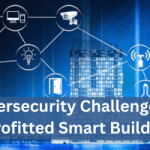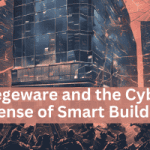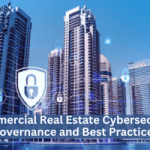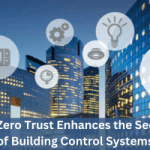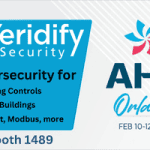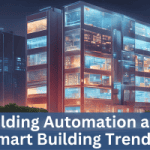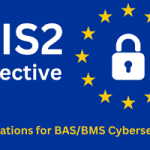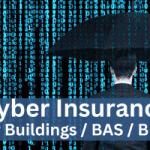Smart Buildings
Overcoming Niagara Framework Cyber Vulnerabilities
Key Points Comprehensive Vulnerability Mitigation: DOME encrypts all device communications, enforces unique cryptographic identities, blocks unauthorized actions, and prevents lateral movement even on flat networks—addressing risks like unencrypted data, credential hijacking, privilege escalation, and insecure configurations. Zero Trust at the Endpoint: Every enrolled device must authenticate and follow strict, policy-based access rules, ensuring only explicitly…
Read MoreCybersecurity Challenges in Retrofitted Smart Buildings
Key Points Legacy Systems Are Inherently Vulnerable: Most retrofitted buildings rely on outdated OT devices and insecure protocols (like BACnet and Modbus) that lack basic cybersecurity features such as encryption and authentication. Integration Increases Risk: Retrofitting often connects legacy OT systems to modern IT networks without proper segmentation, exposing buildings to lateral movement and cyberattacks.…
Read MoreSiegeware and the Cyber Defense of Smart Buildings
Key Points Siegeware is a targeted cyber threat that exploits smart building systems (like HVAC, access control, and elevators) to extort building owners by locking them out or threatening disruption. Vulnerabilities include weak IoT security, outdated software, and poor network segmentation, all of which expand as buildings become more connected. Common reconnaissance tools like Shodan…
Read MoreCommercial Real Estate Cybersecurity Governance and Best Practices
Key Points Rising Cyber Risks in CRE: Digital transformation, IoT devices, and AI in smart buildings create new vulnerabilities, making cybersecurity a critical business priority for commercial real estate firms. Governance Framework Essentials: CRE companies must evaluate current protections, assess adequacy through continuous risk evaluation, and verify security performance with monitoring, third-party validation, and incident…
Read MoreHow Zero Trust Enhances the Security of Building Control Systems
Key Points Minimizes Attack Surface: Replaces location-based trust with granular access controls, reducing the chance of a single breach spreading across interconnected BAS components. Prevents Lateral Movement: Uses micro-segmentation to isolate workloads and resources, containing threats within compromised segments. Continuous Verification & Least Privilege: Continuously authenticates and authorizes users/devices while limiting each to only the…
Read MoreAHR Expo 2025 Event Preview
Veridify Security will be exhibiting at the AHR Expo 2025 in Orlando at booth 1489. Verdify will be exhibiting a live demo of DOME™, a building automation cybersecurity platform that protects both new and existing building automation devices. The demo platform will showcase: DOME Sentry™ devices protecting an unprotected building thermostats and controller DOME Sentry…
Read MoreHow AI is Transforming Building Automation Systems and Smart Buildings
Key Points Predictive maintenance and real-time fault detection powered by AI reduce downtime, extend equipment lifespan, and improve operational efficiency. AI optimizes energy usage by analyzing patterns, predicting needs, and eliminating waste—enhancing sustainability and lowering costs. Personalized occupant comfort and autonomous HVAC systems adapt settings like lighting and temperature to individual and environmental needs without…
Read MoreBuilding Automation and Smart Building Trends
Key Points Integration of IoT, AI, and cloud-based platforms is enabling real-time control, predictive maintenance, and system-wide interoperability across HVAC, lighting, fire safety, and more. Energy efficiency and sustainability are core drivers, with BAS helping reduce carbon footprints, optimize energy usage, and meet regulatory demands. Cybersecurity and system resilience are essential as buildings become more…
Read MoreEU NIS2 Directive and Implications for BAS-BMS Cybersecurity
The EU NIS2 Directive (Network and Information Security 2 Directive), which replaces and expands on the original NIS Directive, aims to strengthen cybersecurity requirements across critical sectors, including energy, healthcare, transportation, and digital infrastructure. While not explicitly focused on building automation systems (BAS), its implications for such systems are significant, particularly for facilities considered critical…
Read MoreCybersecurity Insurance for Buildings, BAS, BMS
Building owners should have cybersecurity insurance for their building automation systems (BAS) due to the increasing risk of cyberattacks on connected infrastructure. Key Reasons for BAS/BMS Cybersecurity Insurance Protection Against Financial Loss: A cyberattack on BAS can result in significant financial losses from system downtime, operational disruptions, or damaged equipment. Cybersecurity insurance can cover the…
Read More

